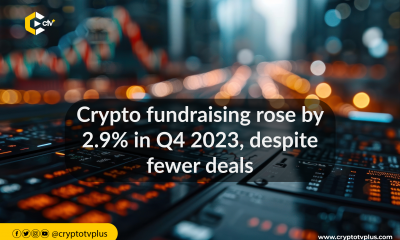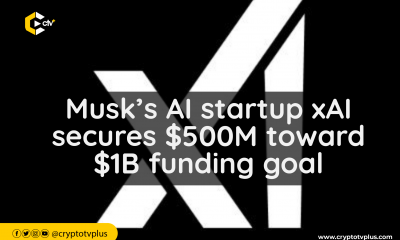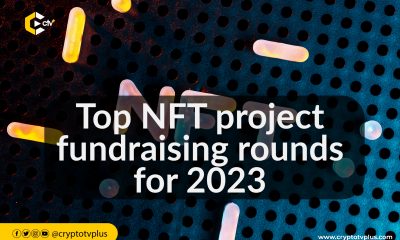News
Staking platform, Kiln fuels global expansion with $17M funding

Enterprise-grade cryptocurrency staking platform Kiln eyes worldwide expansion with a fresh $17 million funding, which was led by venture capital firm 1kx. The substantial investment of capital strengthens Kiln’s aspirations to dominate the Asia-Pacific (APAC) market, as evidenced by its preparations to open its headquarters in Singapore during the first quarter of 2024.
The impressive financial backing boasts a familiar ring, as existing investors like Kraken Ventures, GSR, and Avon Ventures (affiliated with Fidelity Investments) doubled down on their support. This latest investment brings Kiln’s total funding to a formidable $35 million, significantly bolstering its war chest since the $17.6 million it garnered in 2022.
While Kiln remained tight-lipped about its current valuation, it demonstrably flexed its staking muscle by up to five times its assets under management (AUM) to a staggering $4.2 billion in 2023. This rapid growth stemmed from seamless integrations with custodian solutions, wallets, and exchanges throughout the year.
Kiln aims to push its product development boundaries by delving into the world of Decentralized Finance (DeFi). “We’re cooking up a game-changer in DeFi,” a Kiln spokesperson revealed to The Block, “empowering our partners (wallets, exchanges, custodians) to capitalize on stablecoin rewards opportunities.”
Kiln’s core mission revolves around empowering institutional clients with robust staking capabilities. Ethereum remains its primary stomping ground, with over $3.1 billion worth of assets staked on the network according to Dune, forming the bulk of its $4.2 billion portfolio. This dominance is further solidified by Kiln’s position as the largest operator of Ethereum validator nodes, controlling a powerful 4% of the network.
They aggregate multiple user contributions to meet the minimum 32 ETH threshold, offering an alternative to popular liquid staking protocols like Lido and Rocket Pool. Collaborations with Coinbase, Ledger Live and Crypto.com cemented Kiln’s commitment to accessibility and inclusivity.
Read also: Honduras’ Prospera special economic zone recognizes Bitcoin as a unit of account
What do you think of this article? Share your thoughts below
























